What Is Prompt Engineering? Mastering AI Commands
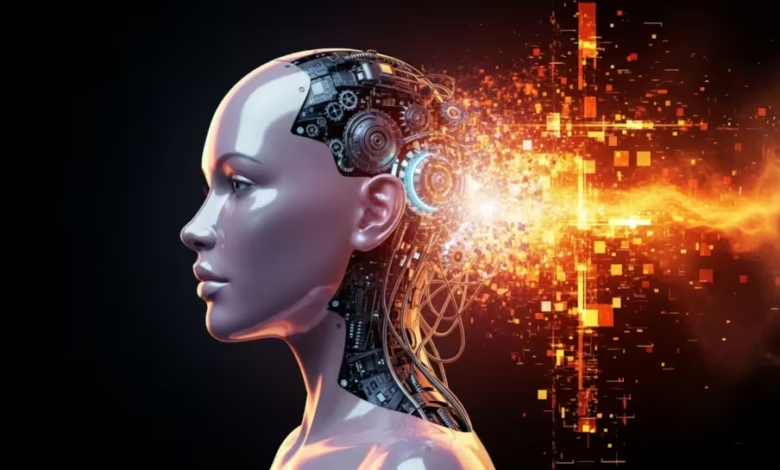
Prompt engineering AI is the essential practice of crafting effective commands that drive optimal outputs from artificial intelligence systems. This blog post underscores the fundamentals of prompt engineering, detailing how users can master techniques to enhance AI responses for various applications. It delves into the nuances of constructing prompts, focusing on clarity and specificity to ensure maximum efficacy. Furthermore, the article explores advanced text-to-video prompts, showcasing how innovative command structures can transform static text into dynamic visual narratives. Readers are encouraged to refine their skills in prompt engineering AI, with key takeaways and steps provided for continuous improvement. By mastering these techniques, users can unlock the full potential of AI technologies and enhance their interactions with them.
Understanding The Fundamentals Of Prompt Engineering
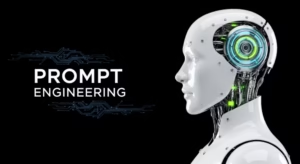
At its core, prompt engineering AI is the art and science of designing effective prompts that lead to desired responses from AI systems. This practice is crucial as it significantly influences the quality and relevance of the outcomes generated by AI models. By mastering prompt crafting, users can unlock the full potential of AI, enabling it to perform tasks ranging from content generation to problem-solving. As AI technologies continue to evolve, understanding the fundamentals of prompt engineering becomes increasingly important for professionals aiming to leverage AI effectively in their work.
Key Aspects Of Prompt Engineering
- Clarity: Ensure prompts are straightforward and easily understood.
- Specificity: Provide enough detail to guide the AI towards the desired outcome.
- Context: Utilize background information to frame the AI response appropriately.
- Iterativity: Encourage refining prompts based on past outputs to enhance results.
- Flexibility: Adapt prompts to accommodate different AI models and their capabilities.
- Evaluation: Continuously assess the effectiveness of prompts to improve interaction.
As practitioners delve deeper into prompt engineering AI, they must also remain aware of the implications of their prompts, especially regarding biases and ethical considerations. Well-crafted prompts can not only yield high-quality responses but also contribute to more responsible AI usage. Understanding these fundamentals will empower users to experiment and explore advanced techniques in prompt crafting, ultimately enhancing their interactions with AI technologies.
Mastering Prompt Crafting Techniques For AI Responses
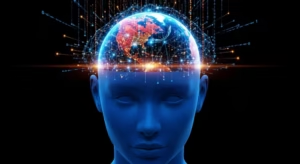
When it comes to prompt engineering AI, crafting the right commands is crucial for achieving optimal results. Understanding the intricacies of how to frame your requests can elevate your experience with AI systems like ChatGPT significantly. The choice of words, structure, and detail you include in your commands can affect the responses generated, thereby enhancing the overall interaction quality. As we delve deeper, it’s essential to analyze specific inputs and how they can be tailored for different AI models, especially for nuanced tasks.
Analyzing ChatGPT Inputs
ChatGPT inputs serve as the foundation for effective communication with AI. By dissecting various elements of your inputs, you can unlock the potential for richer, more relevant responses. Consider the following table that outlines key components of successful ChatGPT inputs:
| Input Element | Description | Example |
|---|---|---|
| Clarity | Clear and specific queries yield better results. | “What are the benefits of AI?” |
| Context | Providing background helps AI tailor responses. | “In the context of marketing, how does AI assist?” |
| Detail | More detailed prompts can lead to more comprehensive answers. | “Explain AI to a 10-year-old.” |
| Format | Requesting a specific format can enhance clarity. | “List the pros and cons of AI.” |
Utilizing well-structured ChatGPT inputs not only maximizes the responsiveness of AI but also streamlines your interactions. Users can experiment with varying degrees of specificity and context to assess how these changes affect AI-generated outputs. Next, we will explore another facet of prompt engineering: creating effective AI image prompts, which require their own careful considerations.
Creating AI Image Prompts
Just as crafting text commands requires precision, creating AI image prompts necessitates an understanding of visual storytelling and detail. Good image prompts help the AI in generating visuals that align with users’ expectations. Here are some key aspects to remember when creating effective image prompts:
- Define the subject clearly.
- Include desired colors or themes.
- Specify any required actions or poses.
- Indicate the preferred style (e.g., realistic, cartoonish).
- Mention the environment or setting for the subject.
In conclusion, mastering the art of prompt engineering for AI is pivotal for optimizing results. By analyzing ChatGPT inputs and crafting engaging AI image prompts, users can significantly improve their interactions with AI technologies, ultimately enhancing the value and relevance of generated responses. The process of mastering these techniques requires practice and experimentation, making it imperative for users to continuously refine their strategies as they explore the myriad possibilities within AI.
Exploring Advanced Text-To-Video Prompts In AI
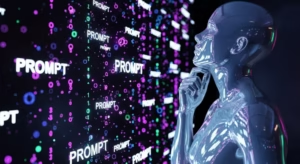
As the capabilities of AI continue to expand, text-to-video prompts have emerged as a cutting-edge application of prompt engineering. This innovation enables users to transform written information into engaging video content, making it easier to convey complex ideas, enhance storytelling, and create visually appealing educational materials. By mastering this technology, creators can leverage the full potential of AI in producing immersive video experiences.
Effective prompt engineering in AI for text-to-video applications requires a clear understanding of how to structure commands to yield the desired output. Users must consider elements such as scene composition, action narratives, dialogue integration, and visual aesthetics when crafting prompts. A well-defined prompt serves as a guiding framework, allowing AI models to generate videos that align closely with user expectations and objectives.
Benefits Of Using Text-To-Video Prompts
- Improves engagement by turning static text into dynamic visual content.
- Streamlines the video creation process, saving time and resources.
- Enhances learning and retention through audiovisual stimulation.
- Facilitates the exploration of creative storytelling techniques.
- Broadens accessibility for audiences with varied content preferences.
- Enables rapid prototyping of video ideas before full production.
The practical applications of text-to-video prompts are vast and varied. Industries such as education, marketing, and entertainment are increasingly adopting this technology to streamline their content creation processes. By leveraging text-to-video prompts, organizations can quickly produce valuable instructional videos, promotional material, or engaging entertainment that resonates with their target audiences.
Key Takeaways And Next Steps In Prompt Engineering
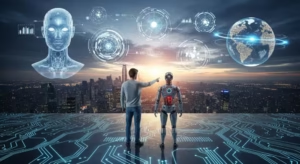
As we conclude our exploration of prompt engineering AI, it becomes evident that mastering this skill offers significant advantages in generating optimal responses from AI systems. One of the fundamental takeaways is the importance of clarity in crafting prompts. Clearly articulated queries lead to more accurate and contextually relevant responses, enhancing the overall user experience. Furthermore, understanding your audience and the specific task at hand is crucial, as this will guide you in formulating prompts that align perfectly with the desired outcomes.
Actionable Tips For Enhanced Prompt Engineering
- Define your goal: Clearly outline the purpose of your prompt to ensure focused responses.
- Keep it concise: Use simple and direct language; avoid unnecessary jargon.
- Specify the format: Indicate what kind of response you expect, whether it’s a list, summary, or detailed explanation.
- Provide context: Give background information to set the stage for a more informed response.
- Iterate and refine: Adjust your prompts based on previous outcomes to improve future interactions.
- Experiment with variations: Try different prompt structures to discover which yields the best results.
- Analyze outputs: Review and assess the responses you receive to inform future prompt crafting.
By implementing these tactics, you will not only elevate your capability in prompt engineering AI but also gain a competitive edge in the rapidly evolving landscape of artificial intelligence. Continuous practice and experimentation are essential in this journey, as mastering prompt engineering is an iterative process. Stay informed about emerging trends and advancements to further refine your approach and maximize the effectiveness of your AI interactions.
For similar articles, please visit: AI in Science & Technology
Homepage / humanaifuture.com




